Bobergsskolan School
Max Arkitekter designed the Bobergsskolan School as a thoughtful and comfortable learning space for students in Stockholm, Sweden.
The new Bobergskolan is situated in the former Gasworks of Stockholm and is designed to be a comprehensive school for 900 students from the ages of six to 15. The school consists visually of three buildings one of which being an existing early 1900’s workshop. A fourth volume is hidden beneath the school yard, connecting the entire school on a souterrain level. The facades are clad in an expressive Danish brick, with a neutral grey colour and has numerous details and patterns, reflecting the expressive ornamentation of the Gasworks’ existing brick buildings. A large part of Bobergsskolan is situated below ground.
Care has been given organising the schools functions to create security and calm. Older and younger students have separate buildings and entrances but meet in the dining hall which is placed centrally between the buildings. The old workshop building is home to the school library, a room full of history and stories in more than one aspect. The school is divided into more private settings, habitats, where groups of 90 students have their abode. These smaller entities in the larger school consist of a variety of rooms, with a larger flowing space at its core, connecting to rooms of different sizes, functions and character. The habitats have no traditional cloakrooms, instead this function has been integrated by specifically designed sound-absorbing furniture with integrated lockers that also provides seating and learning environments. The habitats are also home to the “Drake” table, a new take on the traditional school desk, shaped to facilitate activity-based and dynamic teaching.
Bobergsskolan is a complex building full of contrasts. It is a rich experience to move through the school with its both intimate and grand spaces. The transparency and connectivity between different stories and galleries create a sense of control and security, while peek-a-boo windows and side lights create secure spaces through a more discreet overview. The students of the school have the possibility to choose route, see who’s approaching, and get a sense of the room they are entering.
Architecture and interior architecture interact to generate belonging and legibility by using details, patterns and materials unique to Bobergsskolan. The school´s material palette consists of wood, in-situ cast terrazzo floors and coloured surfaces. Wood gives an organic warmth to the spaces and a connectivity to nature, which has been a guideline of the entire project. The terrazzo floors are selected based on the same principle of structure and detailing. The colours of the floors are different throughout the building to facilitate orientation but still provide a continuous base for the school´s three volumes. Coloured surfaces in the form of doors, painted walls, plastic floorings and tiles help to distinguish the rooms and provide variation. The interiors have been given structure and detail through the wood’s grains and knots, patterns of laminated doors, contrast markings of glass and varying tile patterns.
Bobergsskolan is designed to be sustainable building, with layout, spaces, natural light and interiors with long lasting qualities. The school is also certified by the Sweden Green Building Council as an Environmental Building with Gold rating and assessed in three areas; energy, indoor environment and building materials. The energy standard of the building is equal to a passive house. In addition to this the requirements of The Stockholm Royal Seaport have been met. In 2009 the Stockholm City Council decided that the area would be designed with an environmental profile, pushing boundaries where possible, to become a model of sustainable urban development.
Architect: Max Arkitekter
Design Team: Anna Areskough Architect, Kim Joung-Min Jonsson Architect, Caroline Olsson Interior Architect
Photography: Mattias Hamrén


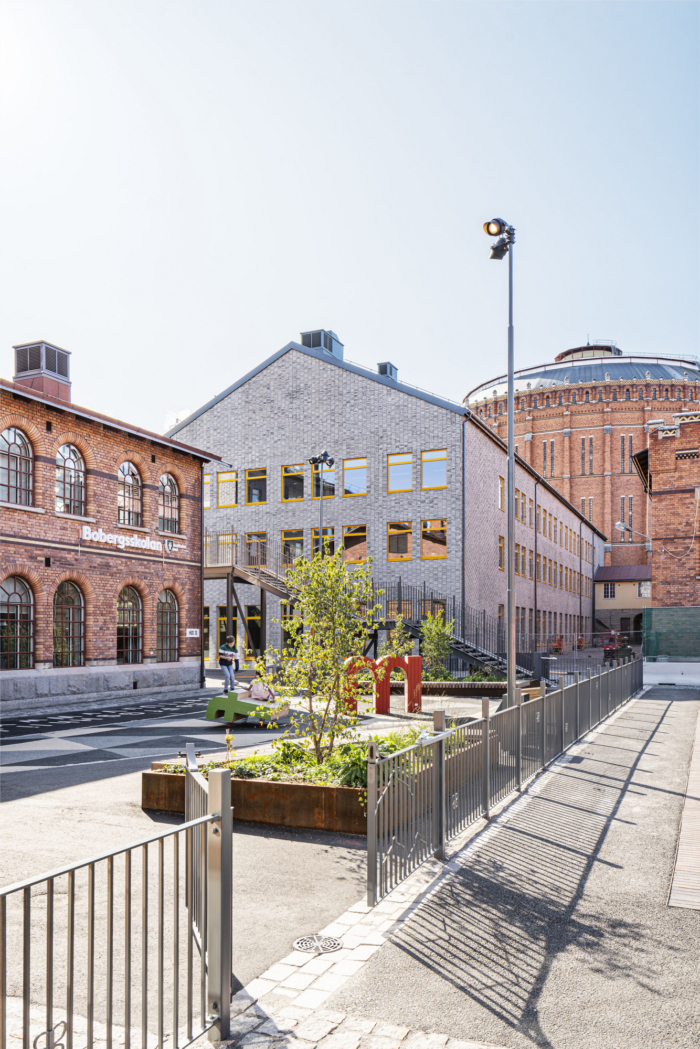
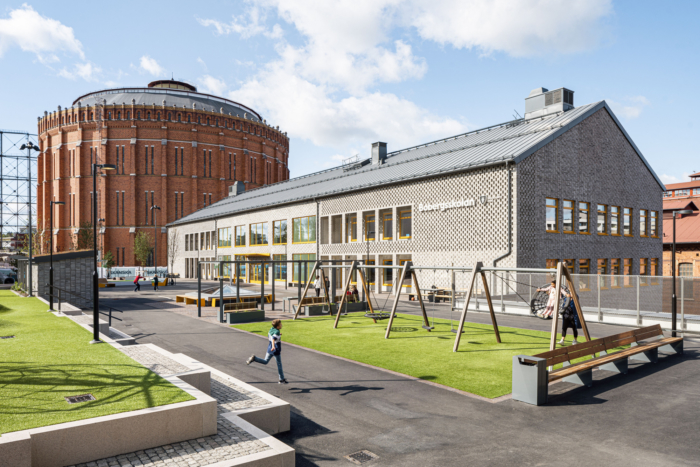

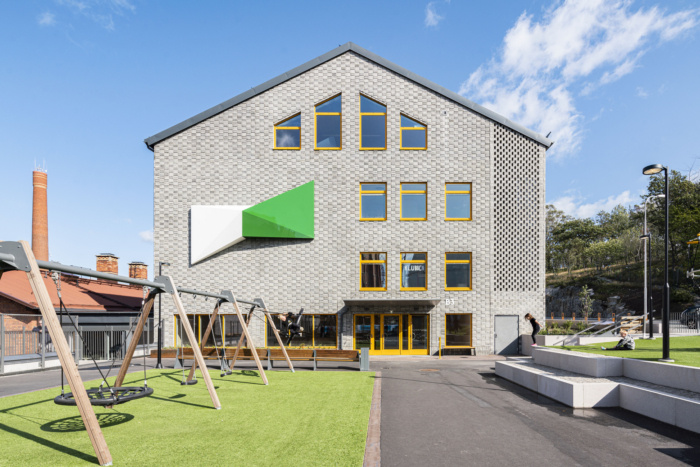
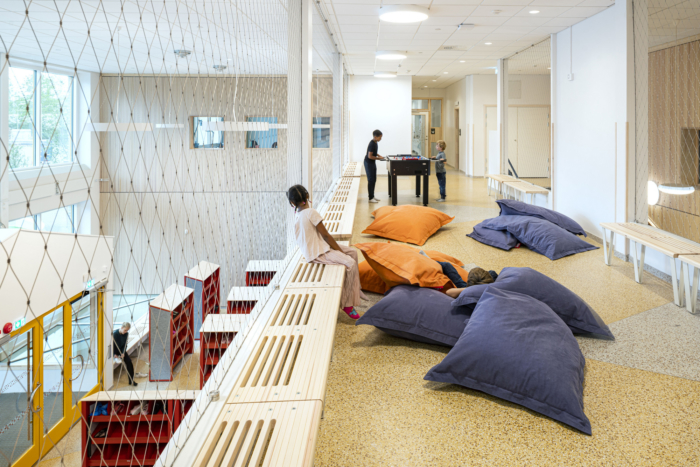
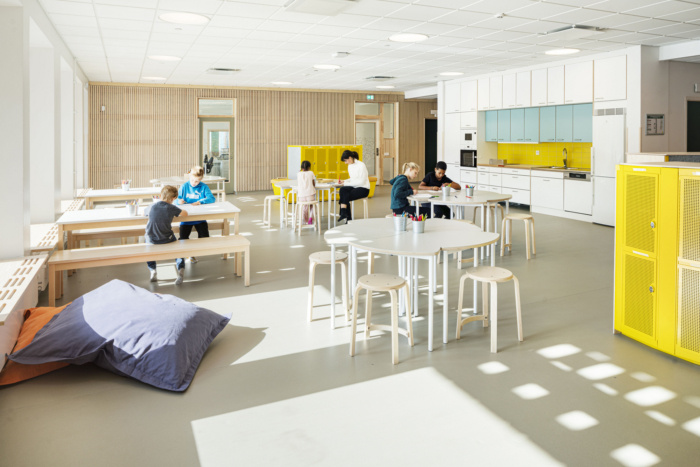
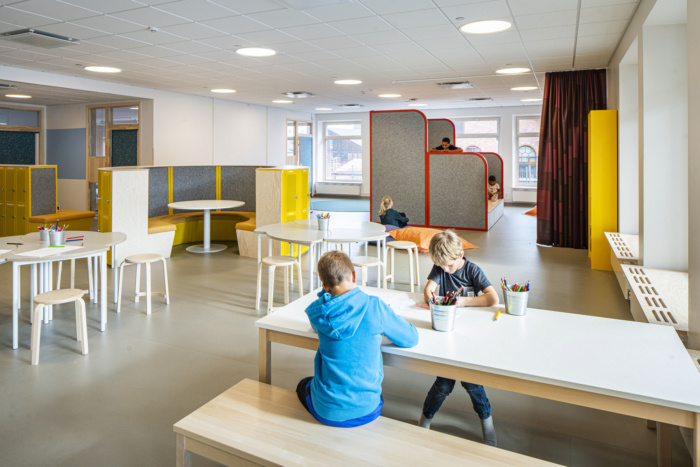

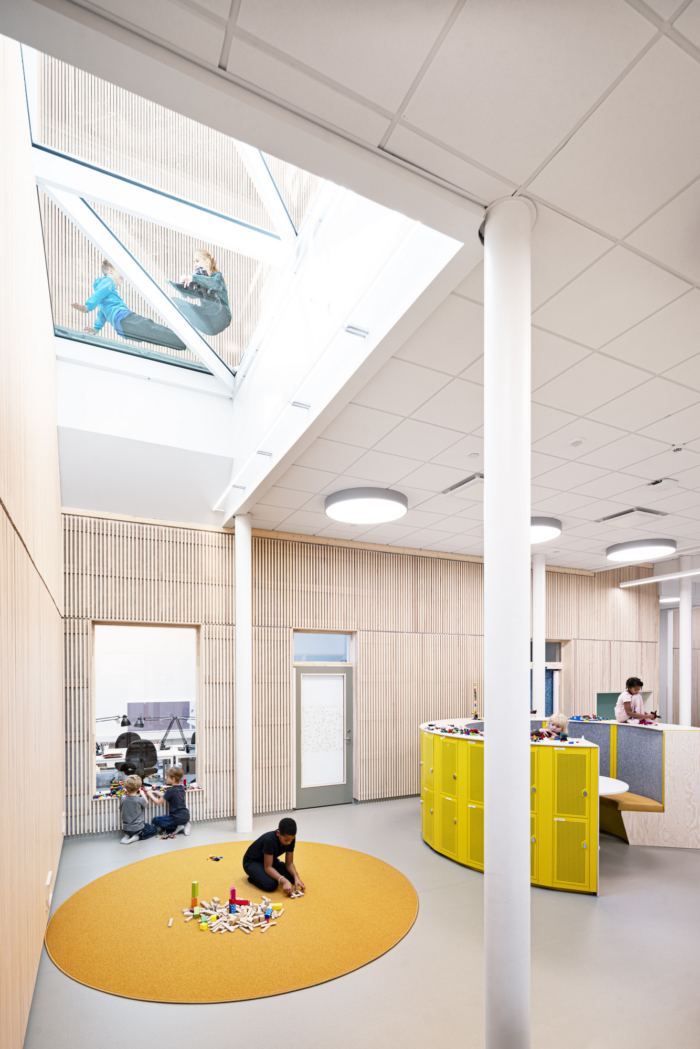
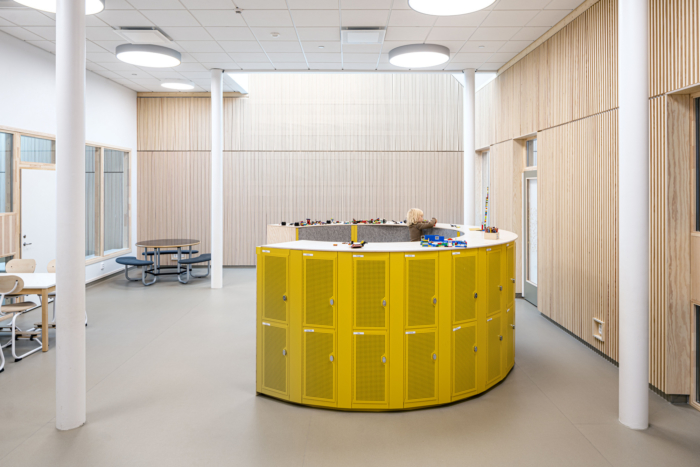
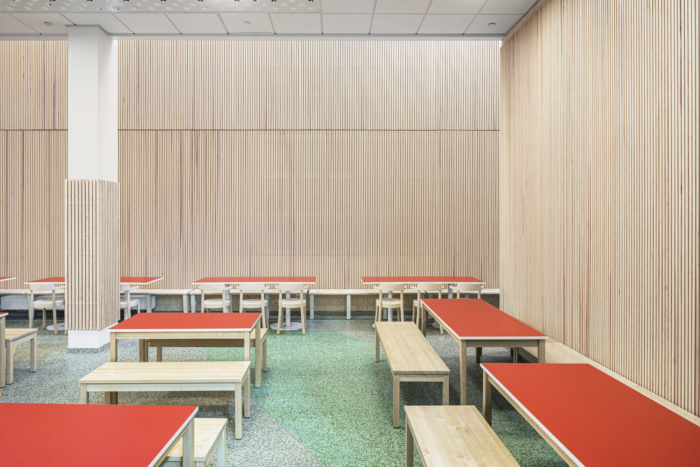
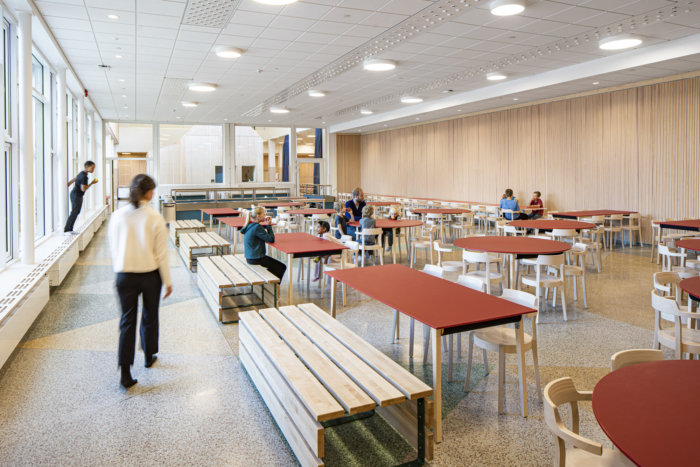
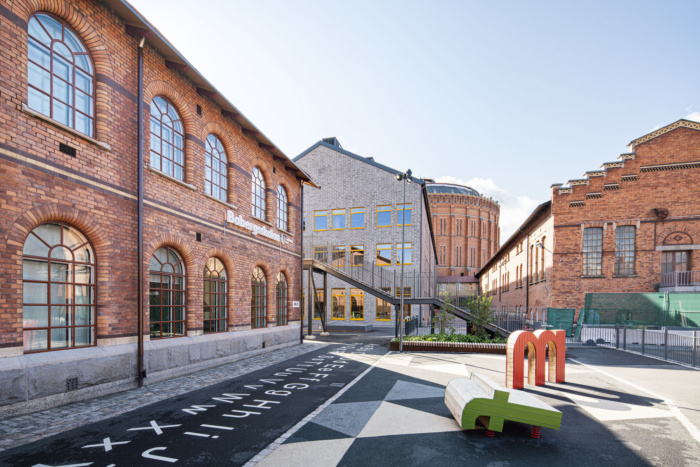
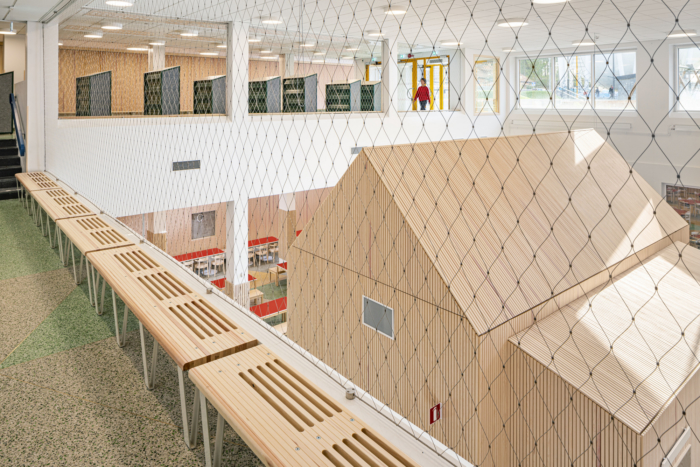
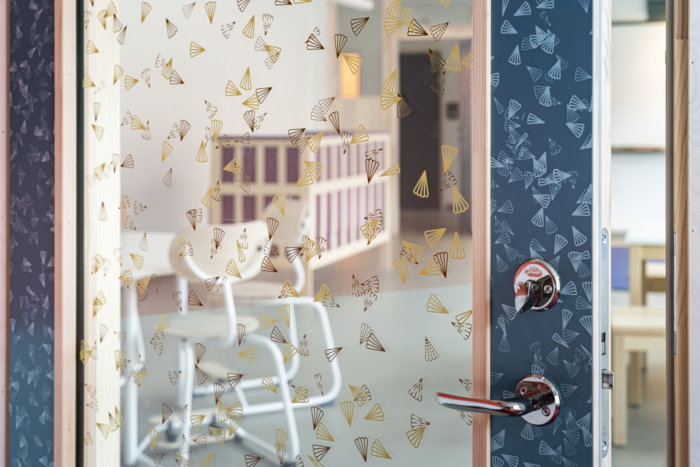
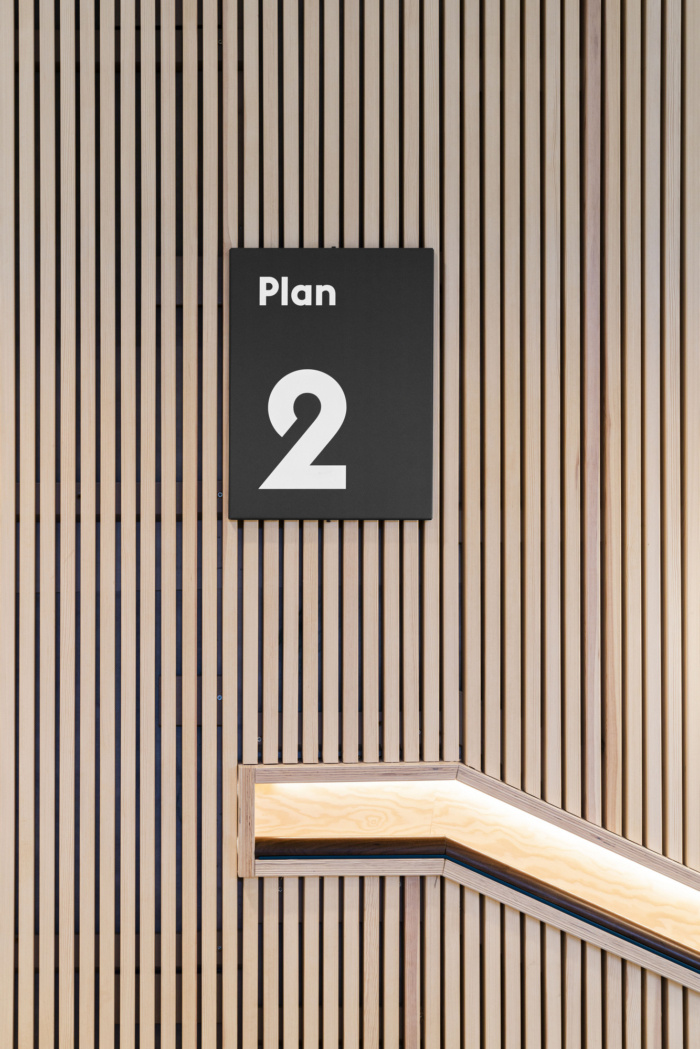
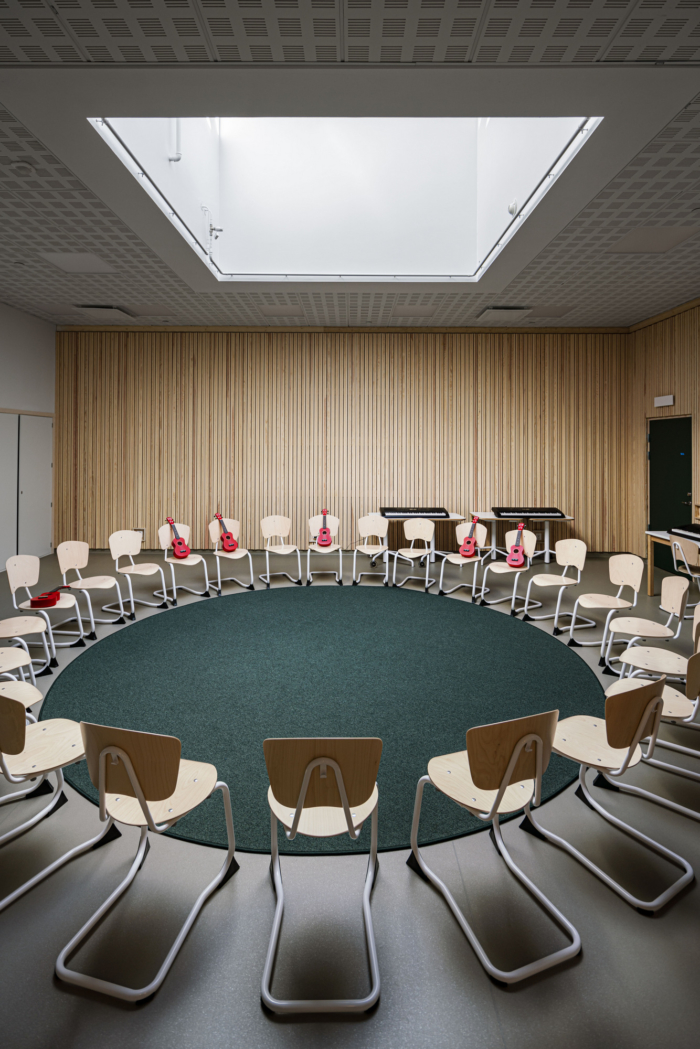
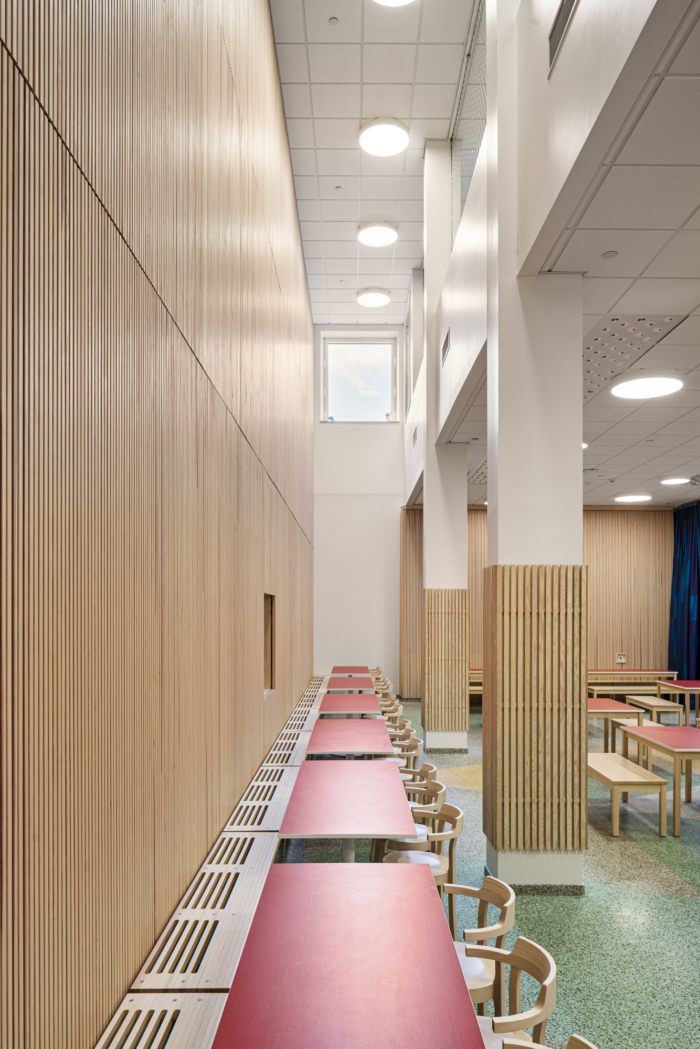
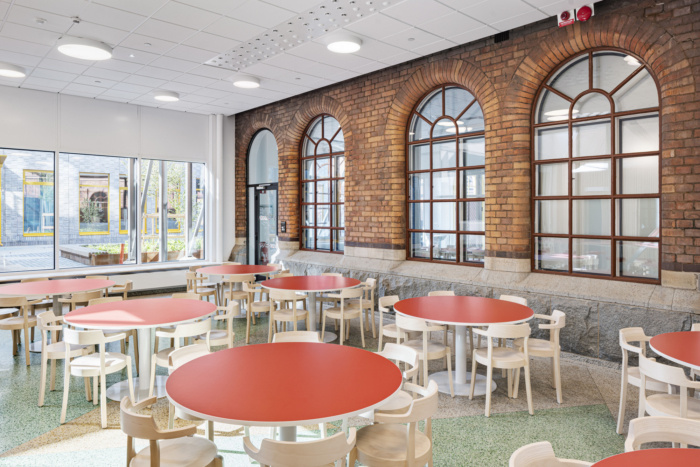
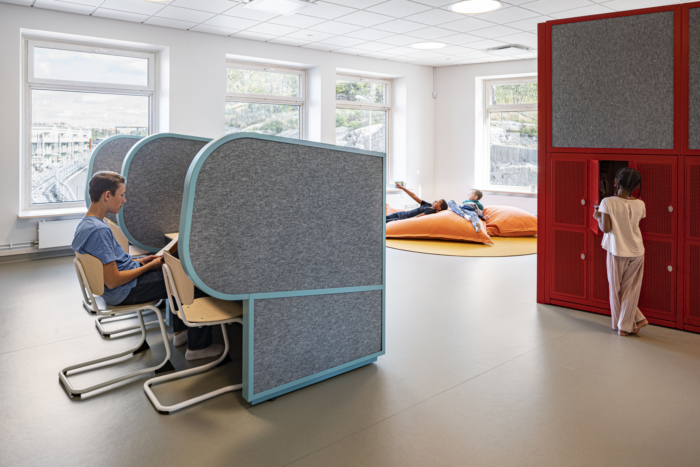
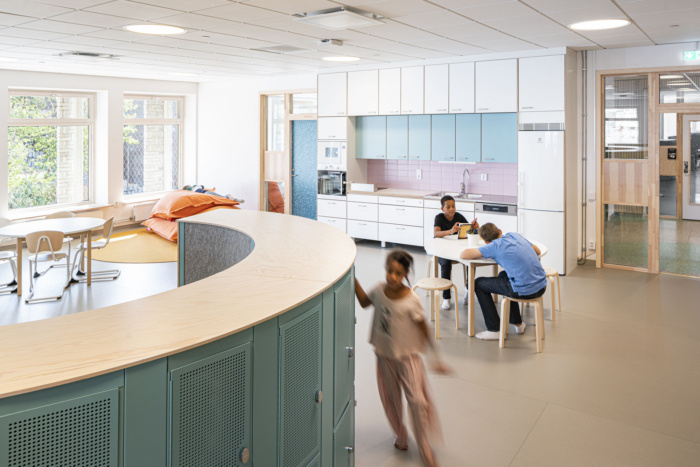

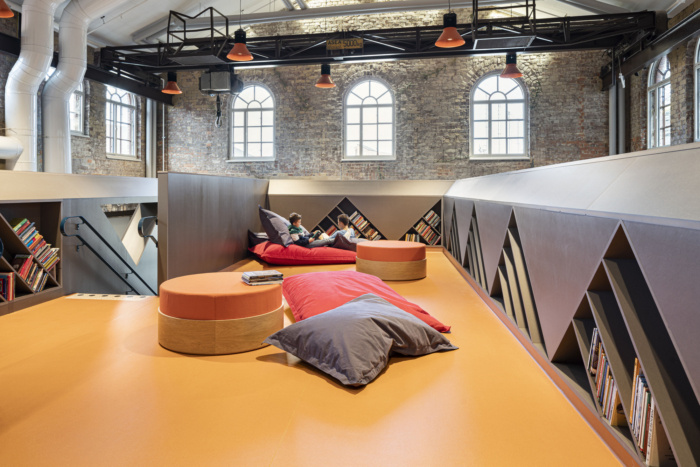
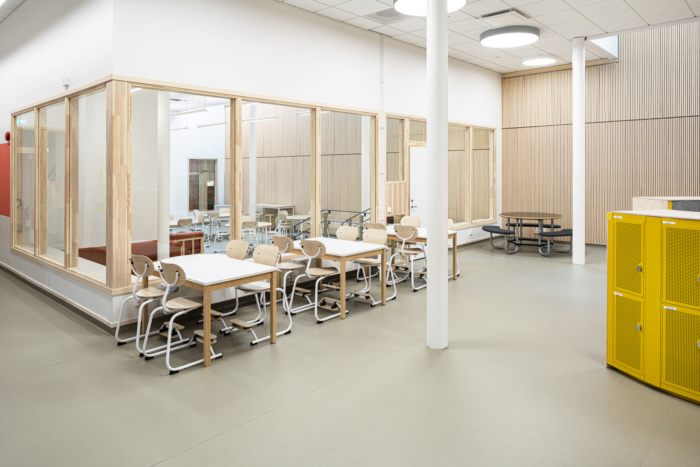
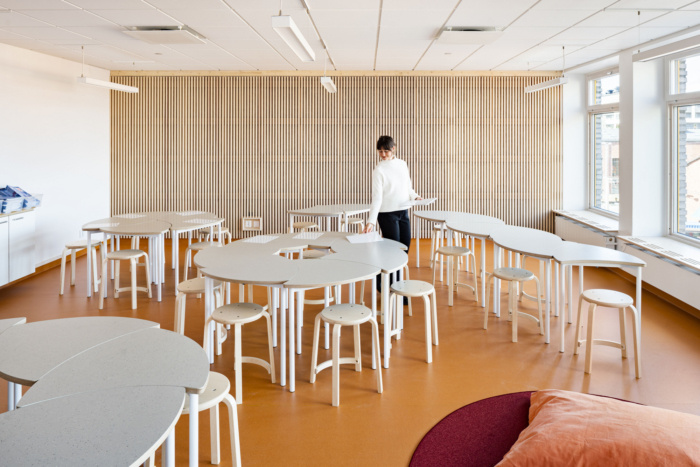
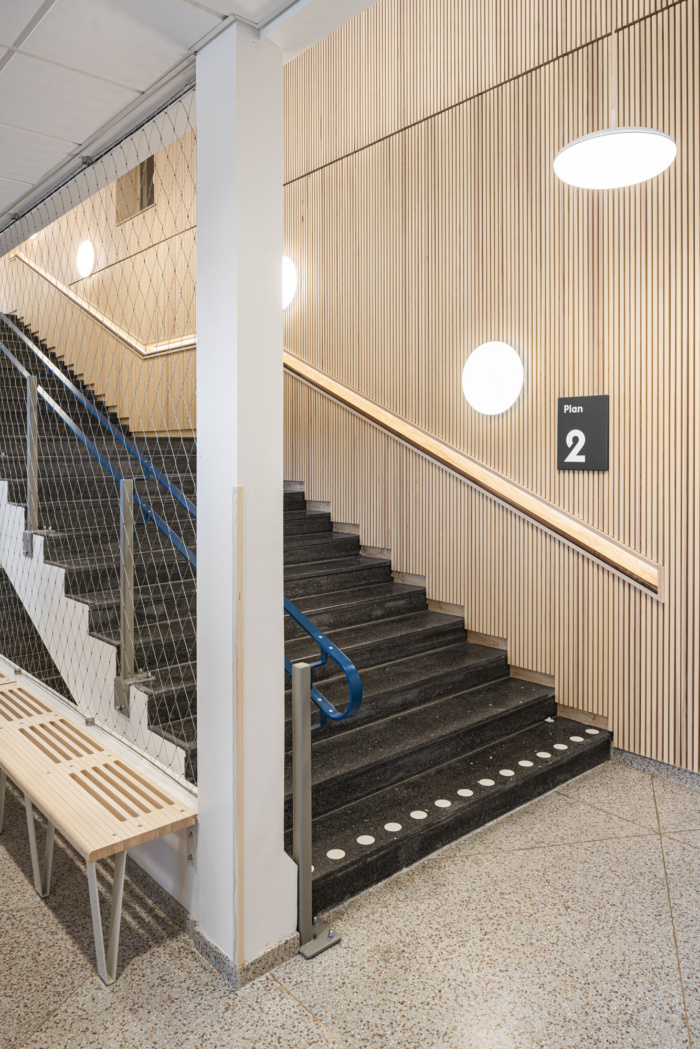
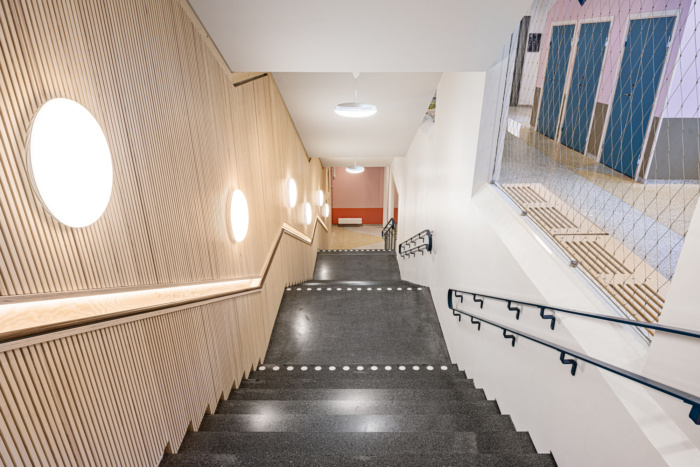
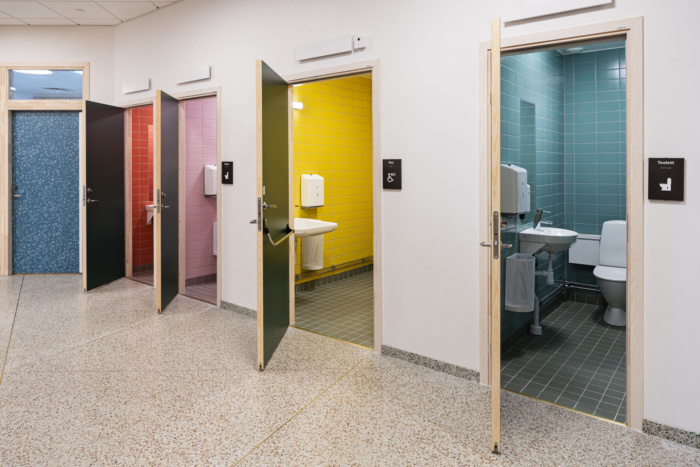
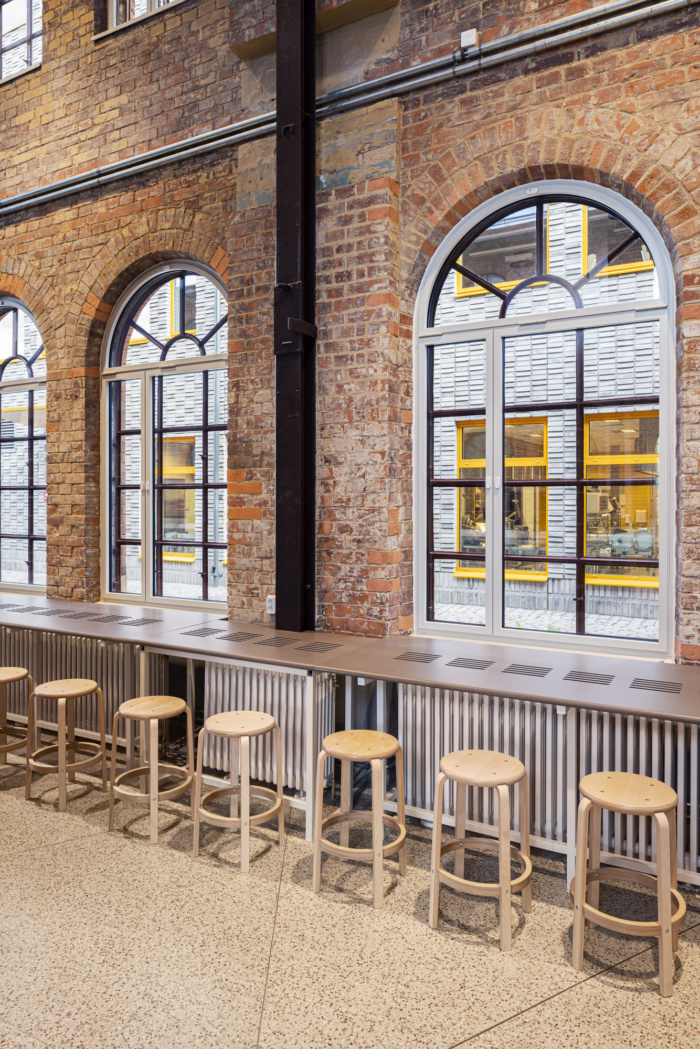
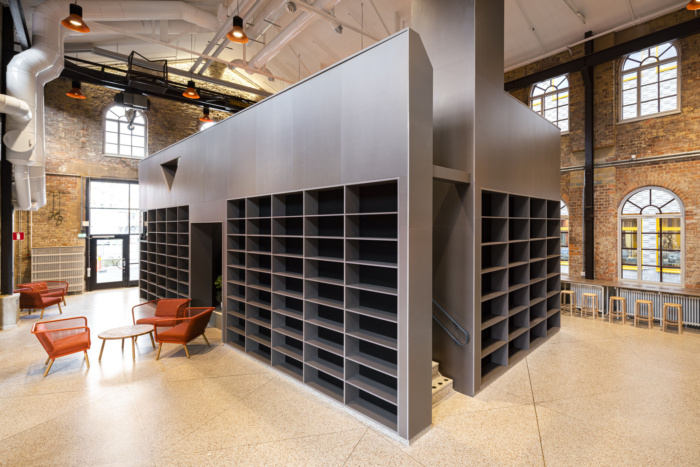
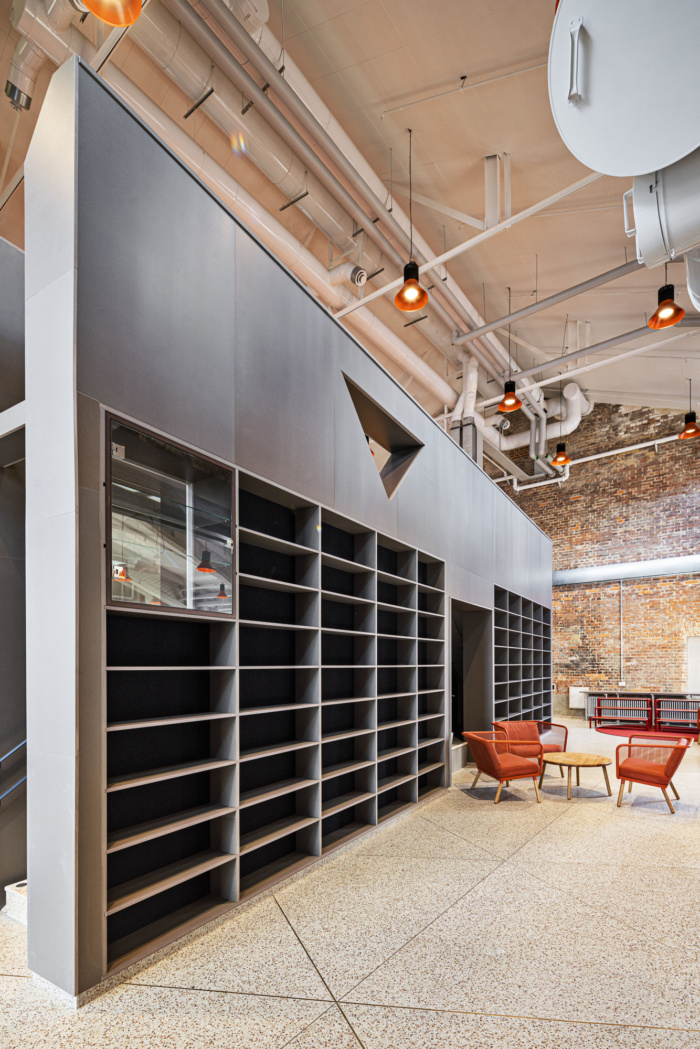
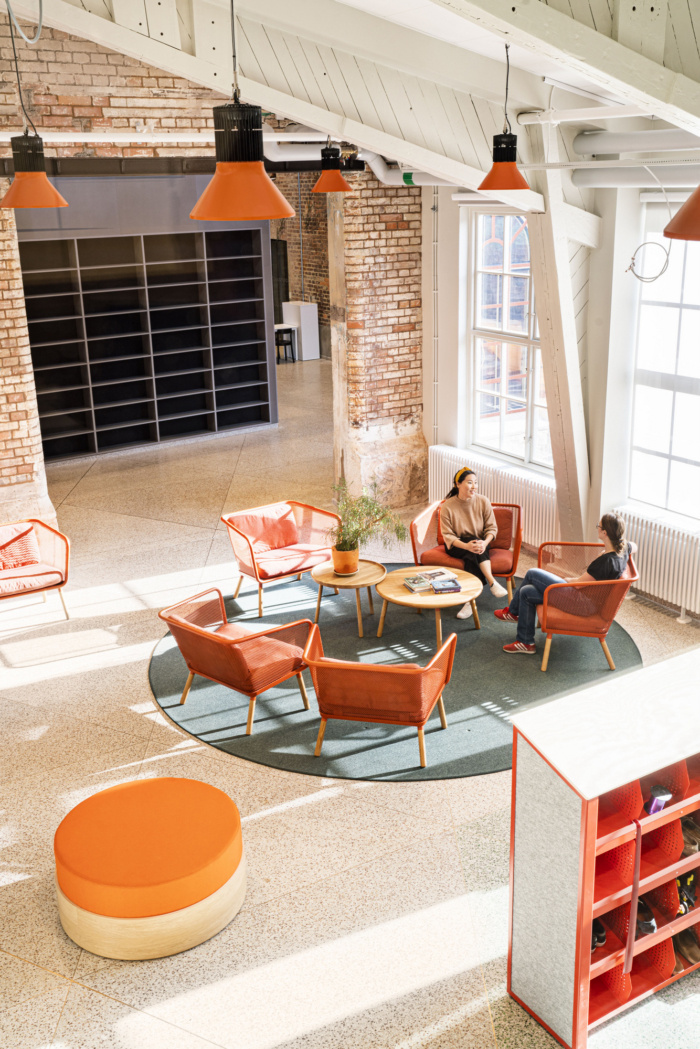
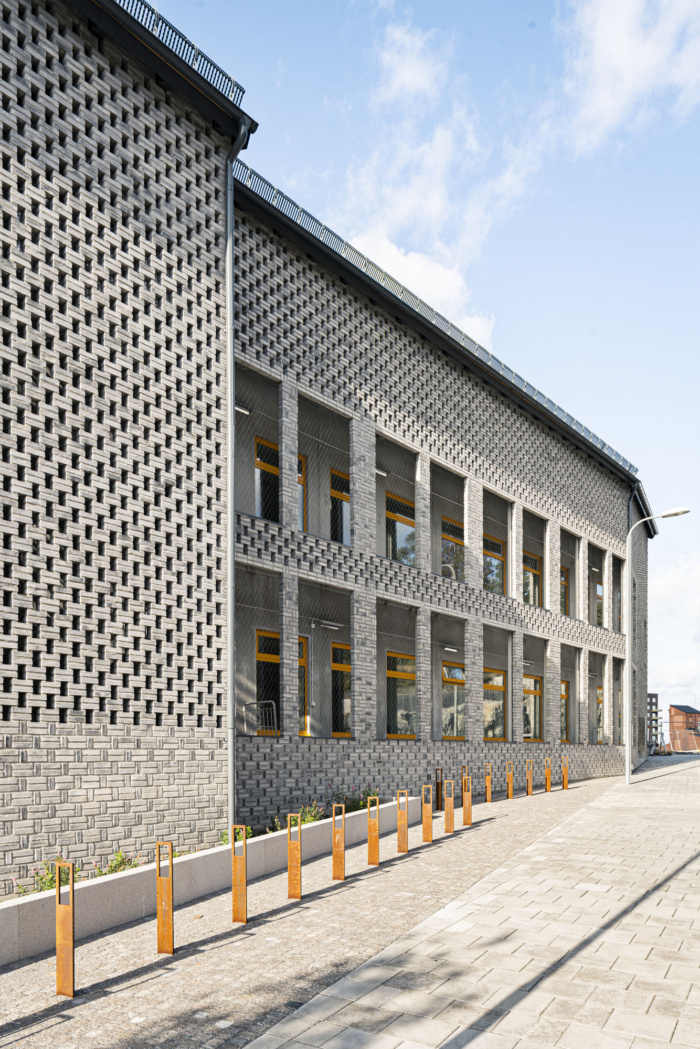












Now editing content for LinkedIn.